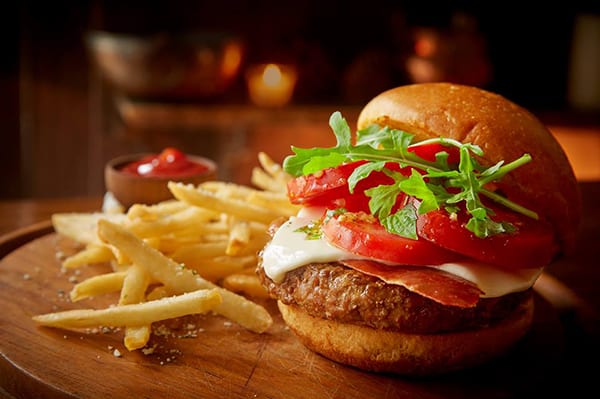
Trying to watch what you eat? There’s help around the corner. If you have so far been relying on self-tracking devices like Fitbit to give you a count of the calories you burn, it may just about be the right time to think about taking the next step – measuring the calories on your plate before you consume them. Sure, there are apps that let you enter calorie estimates and manual diet charts you can consult to keep track of your calorie consumption. But let’s face it, they aren’t nearly as accurate as you would like them to be. GE researchers believe they might have a great solution: a device capable of directly measuring the calories in your food.
The Science behind the Calorie Counter:
Matt Webster, senior scientist in diagnostic imaging and biomedical technologies at GE Research and inventor of the calorie counter – through an analysis of nutritional data made available by the U.S. Department of Agriculture – determined that it is possible to accurately estimate the calorie content in any portion of food by using only three pieces of data: fat content, water content, and weight. The calories contributed by all the other food constituents (sugar, fiber, protein, etc.) can in fact be approximated simply by subtracting the fat and water weight from the total weight of the portion.
How it works:
The calorie counter passes low-energy microwaves through a weighed portion of food and measures how the microwaves are changed by the food, the premise being that water and fat affect the microwaves in distinctive ways.
So far the calorie counter requires a homogenous mixture to give an accurate output. This means that it only works on blended food. But researchers at GE are working to develop a version of the device capable of counting the calories in any type of food – sandwiches, nachos, guacamole, crisps – using microwave antennae that would enable a more uniform distribution of microwaves than the current equipment. Webster even says that the device has the potential of eventually being incorporated into microwave ovens. If all goes as planned, sometime in the near future you might be heating your food and getting a reading of its precise calorie count at the same time!
[Source: MIT Technology Review] Gearfuse Technology, Science, Culture & More
Gearfuse Technology, Science, Culture & More


